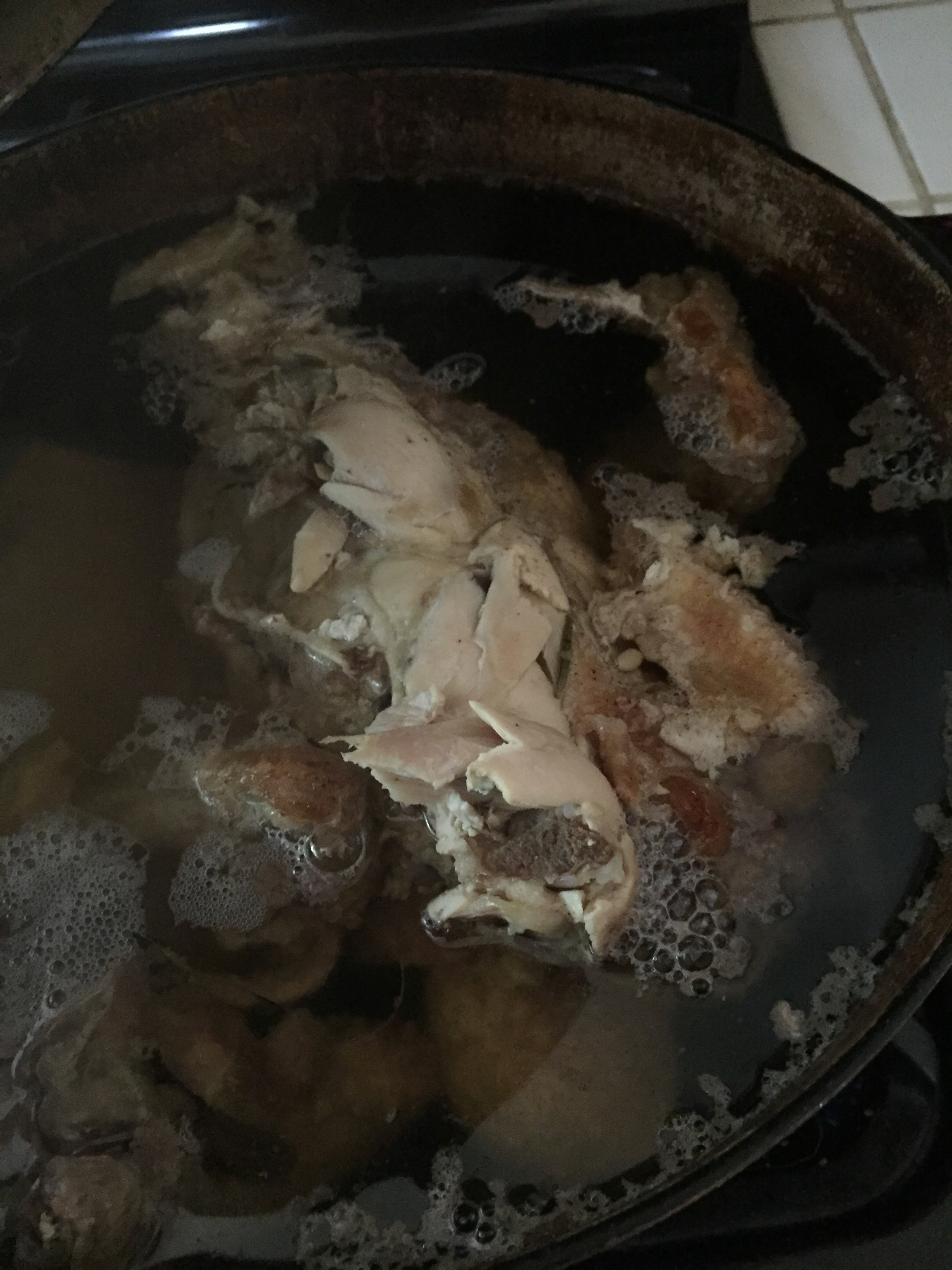If you've been reading my posts for any length of time, you know how enamored I have been with using sand in the hen house. Not the coop itself, and not the run - both of those are dirt, with many feet of wood chips, sawdust, and leaves as a thick litter layer. This allows all the waste from the chickens to compost naturally; it's a great mix of carbon and nitrogen. But the hen house is a different matter. The chickens lay eggs up there, in their nesting boxes, which have a deep layer of timothy hay. But they also roost up there at night. And while they are roosting, they are shitting.
I used to line the floor up there with straw; I would let the poop build up until Saturday, and then take all that straw out and replace it. It was a fine system, and the hay was a great boon to our compost piles, but I really didn't like the chickens walking through all that mess whenever they were in the hen house. It also drew flies. It also smelled pretty bad by Saturday.
So then I switched to sand, and this worked great for years. I bought a long-handled scooper, and every morning, I would scoop out the solid wastes and add them to our compost pile. No more mess, no more smell, very little trouble with flies, and a perfect solution, I thought. But after several years of this, the amount of sand in our compost, and therefore in our vegetable beds, has grown considerably. It's only a little every day, but it sure has added up. And the more I study soil composition in my soil management class, the clearer it became that I would need to come up with a different solution.
Enter rice hulls. A waste product from California's huge rice harvests. And as you can see, you can even get organic hulls. The permaculture group from my college uses these to improve soil structure, and home gardeners can use them in place of perlite in potting mixes. I started to wonder if I could use them as a replacement for the sand.
So I ordered a 50 lb bag from Peaceful Valley Farm Supply in nearby Grass Valley. The hulls aren't as cheap as sand (a 50 lb bag of play sand is about $6.50 from my local Ace Hardware; the hulls were $35, and the shipping wasn't cheap either), but they are extremely compressed in the bag, and you're getting a lot of product for the money - probably at least six months worth of product, and I've been buying a bag of sand once a month. It sort of equals out, price-wise.
Ecologically, the rice hulls are far superior. First of all it's a product that we're taking out of the waste stream. Secondly it improves soil structure, as it can break down fairly quickly into humus, and meanwhile provide pockets for aeration and soil biology (and as you know, sand takes thousands of years to break down). And thirdly it provides a carbon source to offset the nitrogen of chicken waste.
Plus, there is the issue of sand-harvesting and the environmental costs of that.
The chickens don't seem to mind the change. The material is lighter than sand, but since I have it in an enclosed space, it doesn't blow around. There's very little dust. It doesn't clump as well as sand, and it takes a bit more shaking of the scooper to separate the solid materials out, but that's a mild complaint. I feel good about this new system.
While I'm home today studying, I'm working on several concurrent cooking projects. I'm baking bread, which feels good. Over the summer we seem to eat less of it, and it's often too hot to justify turning on the oven so high for so long. But with our significantly cooler nights, my thoughts turn to beans and toast. So today I'll make the toast and tomorrow I'll make the beans.
And what goes best with freshly baked bread? Soup, of course! So dinner tonight will be Italian Wedding Soup (which is basically, for me, chicken stock with meatballs and greens, and a dusting of shaved parmesan). Luckily, I had a chicken carcass, a shoulder blade bone from a pork roast, and a parmesan rind sitting in the freezer waiting for a broth-making day.
And when I checked the piano for ripe tomatoes this morning, there were six pounds to contend with (if you don't know, I bring the tomatoes in just after they 'break,' or blush into color, so that the squirrels don't get them, and they ripen on our piano). I have not yet made tomato paste, so that is another all-day project that I began early this morning along with the broth and the bread. I chop up the tomatoes, add a few red peppers, and simmer them for an hour with some garlic and salt. Then I run them through the food mill, and continue simmering (or put in the oven on a low temperature) for several more hours until they reach the desired thickness. I think I will freeze this paste in quarter-pint jars rather than can it.
the beginning of paste...
And as for the critters, well. It has been a banner year for yellow jackets. I don't mind a few buzzing around, but when they arrive in hordes (and yes I do mean hordes), it's time to thin the herd. We've been hanging these traps (the only ones that seem to work) and replacing them every week, and each week every trap is completely full of dead wasps, and we don't even seem to be making a dent. They are hassling the chickens, the honeybees, the cat, and us. They are EVERYWHERE. It's a real problem.
There must be a nest nearby, but it's not on our property, so there's nothing I can do about it.
Speaking of which, if you ever run into my dad, ask him how well a bee-suit works when digging up a yellow jacket nest.







